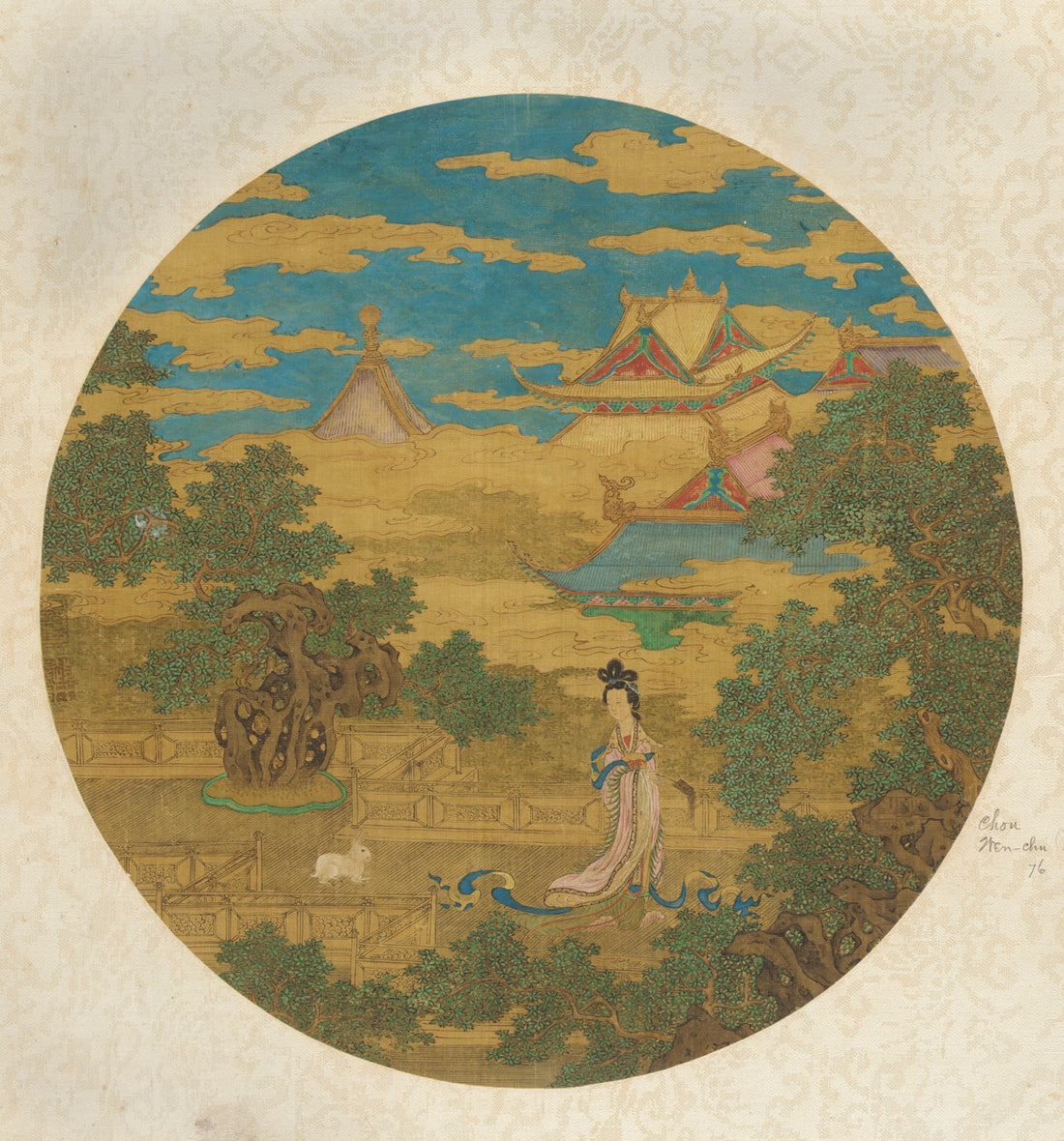
The Mid-Autumn Festival - What is it?
Share
Hello Tea Friends!
It's Angel from the Customer service team again :3
It’s that time of year! As we approach the cooler season where I’m from, many folks are thinking about the upcoming holidays. Spending time with family, enjoying good times… and of course, a nice hot cup of tea to warm those cold fingers. However, I’d like to talk a little about one holiday in particular today; The Mid-Autumn Festival! Let’s dive right in.
What is the Mid-Autumn Festival?
中秋节 (Zhōngqiū jié) or the Mid-Autumn Festival is celebrated on the 15th day of the 8th lunar month, somewhere between September and early October. It’s one of the most important holidays in China, a time for family, gratitude, and mooncakes!
While the festival is celebrated across several Asian cultures, we’ll be focusing on the Chinese customs that make this day special, with roots tracing back over 3,000 years.
Origins
The festival itself originated, as I mentioned, over 3,000 years ago. This was during the Shang dynasty. However, it wasn’t until around 1,500 years later that it really started to take off. Emperors began having formal celebrations in their palaces, and the festival spread from there!
As is often the case with cultural celebrations, the official origin of this festival is steeped (sorry, I needed one tea pun!) in legend. Here’s a brief summary of one of the most famous myths.
Long ago, the Earth was suffering under the heat of ten suns, all blazing in the sky at once. With no night and constant heat, life was hard and the harvest was poor.
Hou Yi, a great archer, saved the world by shooting down nine of those suns, leaving just one behind. As a reward, he was given an elixir of immortality by the Heavenly Queen Mother. But rather than taking it right away, Hou Yi decided to save it so that he wouldn’t be separated from his beloved and devoted wife, Chang’e.

(Chang'e the Moon Goddess painted during the Ming Dynasty. Courtesy of the MET museum)
Now, accounts vary on how this story continues. Some say Chang’e was forced to drink it to protect it from a thief, others say she became greedy and drank it herself. Regardless, the story goes that after Chang’e drank the elixir, she was whisked away to the moon where she lived forever more. Hou Yi was heartbroken and missed her dearly. Fearing she was lonely, he continued to offer her favorite desserts, fruits, and other offerings under the moonlight.
On clear nights when the moon is full, you may be able to see her in the Lunar Palace longing for Hou Yi, and the Jade Rabbit (玉兔) making his elixirs beside her.
The legend of love and sacrifice, and the hope of reunion between Hou Yi and Chang’e is the heart of the Mid-Autumn Festival’s traditions.
Speaking of Traditions…
There are lots of traditions associated with the Mid-Autumn Festival!

First and foremost- Mooncakes. Traditionally, mooncakes are made with either a red bean paste or a lotus paste. They often can contain salted duck egg yolks as well. Not sure about those flavors? Don’t worry! Nowadays you can get just about any flavor you can imagine. (I would personally love to try a green tea mooncake!) These lovely round pastries are meant to represent unity, and sharing with family and friends is a symbol of togetherness.
Next, lanterns are another essential part of the festival! The lanterns come in all sizes and shapes, and people sometimes write riddles on them. They’re beautiful little beacons of hope, each one a wish for future good fortune and prosperity. In old times, they were also a beacon to guide loved ones home.
Of course, the other key tradition is moon gazing. Spending time with your family, enjoying the moon together… it’s lovely to think about! There’s nothing quite like sharing a nighttime walk or scenic moment with your loved ones, appreciating the same beautiful sky.
Modern Celebrations

Today, Mid-Autumn Festival celebrations are vibrant and full of life. In China, it’s common to see outdoor gatherings where people enjoy their favorite snacks and drinks together under the moonlight. Children run around with colorful lanterns, and families exchange boxes of mooncakes. Public performances, dragon dances, and fireworks also light up the night! It’s quite a lively time.
Technology plays a role too! Families separated by distance can now connect virtually, sharing the experience even if they’re miles apart. They can even send each other virtual mooncakes! It’s always nice to see new things help bring old traditions to life. (Maybe someone should teach Chang’e how to use a phone.)
This year we wanted to celebrate the Mid-Autumn Festival at the Teahouse by launching DuiDui's new line of teaware, as well as some long-awaited Tea Cakes from Sister Ai's tea farm.
Why the Moon?
In Chinese culture, the moon represents family, unity, and harmony. The full moon during the Mid-Autumn Festival symbolizes wholeness and the hope that families will reunite under its light.
It’s nice to think that no matter where you are in the world, gazing at the full moon connects you to loved ones. Even though you might be far apart, you're all looking at the same sky.
Of course, there’s always so much more I could get into! This festival has a rich and vibrant history, with many fascinating stories and traditions that have sprouted from it over the years. Maybe next year I’ll cover some of them! With that being said, I’m going to enjoy my cup of tea waiting as I hope you will.
See you next time and happy steeping!
-Angel from Customer Support <3
